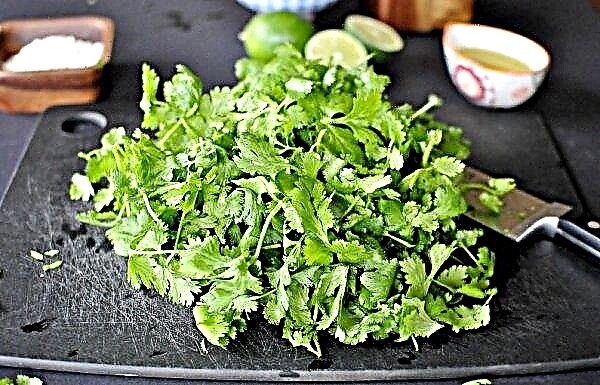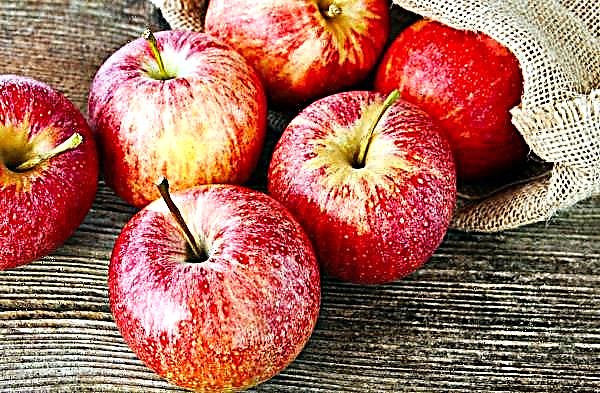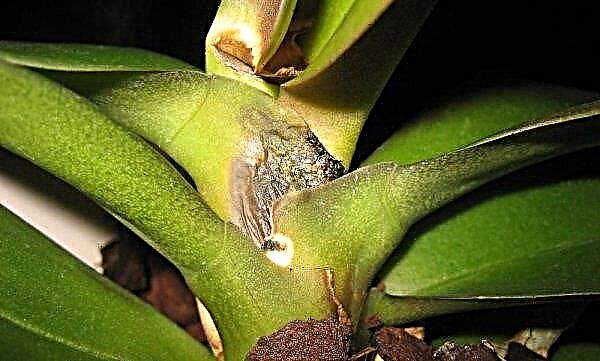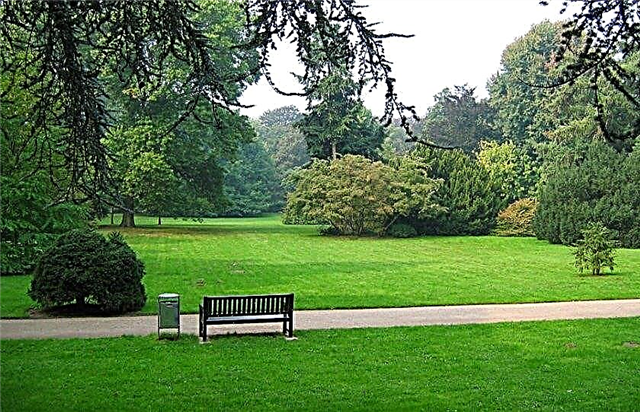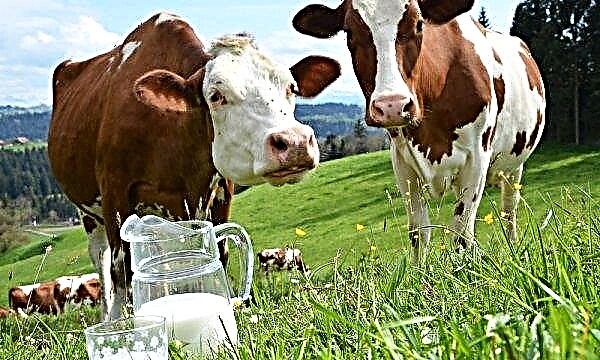Juniper is not just the name of the plant, but the name of a whole genus of evergreen shrubs and trees from the Cypress family. It has about 75 species that are widely distributed in the Northern Hemisphere. Read more about the distribution area of culture and its growth in Russia below.
Habitat
In the natural environment, the territory on which juniper can be found begins in the Arctic and extends to the mountainous regions of the subtropics. The exception is the East African species, growing on the Black Continent up to 18 ° S. w.
Most of the species have a limited range, mainly associated with mountain ranges and nearby territories. Only common juniper can be found in various places.
Tree species of plants form light forests. They are found in the Mediterranean, Western and Central Asia, in the dry regions of Mexico and southern North America, but cover small areas.
Did you know? Juniper grows in Crimea, which is more than 2000 years old. It is 15 m high, and in coverage — about 5 m
The rest are small trees or tall bushes and form the third tier, or undergrowth of deciduous and coniferous forests. There are dwarf and creeping forms that cover rocky slopes.
Video: Where Juniper grows
Where juniper grows in Russia
In Russia, the plant can be found in a pine forest belt, sometimes in mixed forests and on mountain slopes or mountain pastures. In the European part of the country is found in the forest-steppe.
In general, the distribution area covers the territory from the border with Finland, through the mouth of the Yenisei to the north of pine forests of the Omsk and Chelyabinsk regions, and then through Siberia to the coast of Sakhalin. It also includes the South Urals, the coast of Belaya and Kama, right up to Kazan.
Did you know? In Ancient Russia, dishes were made from juniper, in which milk did not turn sour even in the hottest weather.
In the suburbs and the Moscow region
Common juniper is common in the Moscow region. It can be found in all areas of the Moscow Region - Kuntsevo, Kuskovo, Ramenki, Elk Island, Kuzminsky forest park, Bitsevsky forest, in the valley of the Klyazma river.
Compared with the end of the century before last, the area of distribution of juniper in the Moscow Region was significantly reduced. In Moscow, the plant can be found in Ostankino, Aleshkinsky forest park, Shchukinsky peninsula and other forest park areas with preserved natural flora. They are now striving to plant this tree in many park areas.
In the Krasnodar Territory
Krasnodar Territory boasts the usual, tall and smelly species of this coniferous plant. The last two are listed in the Red Book of the Territory, but have a fairly extensive range for endangered fauna. These are mainly mountainous areas: Adagum-Pshinsky, Anapa-Gelendzhik, Tuapse-Adler. You can also meet in the mountains of Shiz.
In the Smolensk region
In the Smolensk region, the described representative of the Cypress family is rare. It can only be found in pine forests. They grow in the northwestern, eastern part of the region and in the Ugra river valley.
Important! The smelly look is easy to distinguish from others. If you rub his needles in his hands, they will exude a strong unpleasant odor.
In Tatarstan
Tatarstan is also not rich in the conifer in question. To see it, you need to find a dry pine forest, moist spruce or mixed forest. The search territory is mainly limited to the Pre-Kama area. Sometimes found near Kazan.
In other regions
Juniper, like most plants from the Pine order, likes to grow in a cool climate. Therefore, in Russia it is most in the Urals and Siberia. In the Urals, an ordinary species is found. It adorns the edges and clearings of coniferous, deciduous and mixed forests of the Chelyabinsk region. In the Taganay National Park it can be found on the mountain slopes of Jurma, Kruglitsa.
In Siberia, the creeping Cossack species dominates. This small shrub prefers to spread widely over the free territory of the mountains of Siberia, covering them with a thick green carpet.Important! Cossack junipers have so strong and branched roots that they easily keep fragile rocks from sprinkling and landslides.

Another variety, Daursky flooded the Siberian taiga and forests of the Far East. Various dwarf plant forms are found in the West and North of Siberia. They mainly form thickets in mountainous terrain and in sparse deciduous forests.
In the coastal part of Sakhalin Island, you can find coastal juniper. Here it occupies the sandy coast, covering it with a thick and dense green carpet.
Over the years of its existence, juniper has adapted to various environmental conditions. Therefore, it can be found in different climatic zones. In addition, it adapts perfectly in parks and in our cottages.



